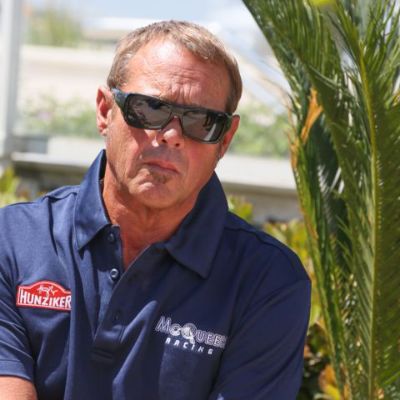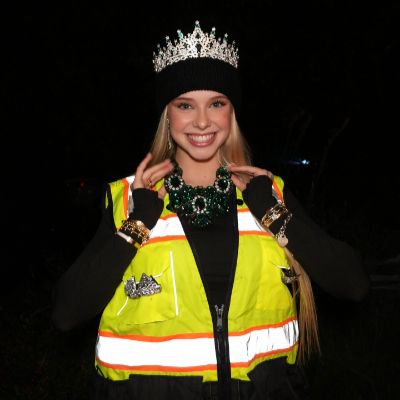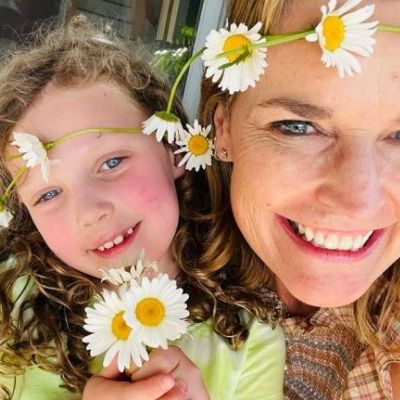So much Plastic in the Ocean and So Much Suffering
It’s easy to manufacture plastic materials but it’s quite the opposite for nature to dissolve it. Let us tell you a shocking fact. It takes 500 years to dissolve plastics completely and even more for hard plastics like plastic cutlery.
Here are distressing stories of the suffering of marine life species and birds of which we humans are the cause.
The effects of Plastics are destructive, hazardous, unforgivable
Unbelievably, 269,000 tons of plastic are floating on the surface of oceans, and fish, animals, and birds are facing the consequences of our irresponsible actions.
Here are the 10 things found most in the ocean;
 [ CAPTION: things found most in the ocean ][ SOURCE: Pinterest ]
[ CAPTION: things found most in the ocean ][ SOURCE: Pinterest ]The effects are destructive, hazardous, unforgivable. Here we present you with one of such stories, of a turtle, one of the endangered species.
In 1993, a turtle was found in Missouri, which was in a very pity state. She had a six-pack ring around her body forming an irregular 8 shape. The turtle was taken to a zoo in St. Louis where the ring was cut. Unfortunately, the shape will not change but good thing she will survive as told by the experts.
 [ CAPTION: Deformed Turtle with a six-pack ring ][ SOURCE: Pinterest ]
[ CAPTION: Deformed Turtle with a six-pack ring ][ SOURCE: Pinterest ]But not every creature is lucky. The plastic effects are less dangerous only if it comes in the form of entanglement but what about if the plastics are ingested by marine species.
However, there have been no studies on the details of the effects on sea turtles when they ingest man-made solid material thrown into the ocean until Leandro Bugoni and his colleagues finally decided to.
 [ CAPTION: Turtle died from stuck in a net ][ SOURCE: Pinterest ]
[ CAPTION: Turtle died from stuck in a net ][ SOURCE: Pinterest ]During their study along the Brazilian coast, they found 92 strangled turtles. On performing experiments on these sea turtles’ esophagus and stomach contents, they found the major ingested material were plastic bags and plastic ropes. Other materials included oil and Styrofoam.
 [ CAPTION: things found most in the ocean ][ SOURCE: Pinterest ]
[ CAPTION: things found most in the ocean ][ SOURCE: Pinterest ]Although their death and the ingestion of plastics could not be linked yet they suggested a possible cause. According to the study conducted by Leandro Bugoni and his team, the ingestion caused an obstruction in their digestive tracts eventually leading to strangling and death.
29 Whales Stranded on the Shores of Germany
There was another unfortunate story about the 29 sperm whales out of 130 were found dead on Germany’s North Sea coast in March 2016. Others were found in the U.K, the Netherlands, France, Denmark, and Germany. After necropsy of the whales had large amounts of plastic contents in their stomachs.
 [ CAPTION: Dead Whales ][ SOURCE: Pinterest ]
[ CAPTION: Dead Whales ][ SOURCE: Pinterest ]Large meaning a nearly 43-foot-long (13-meter-long) shrimp fishing net, a plastic car engine cover, and a plastic bucket. If that doesn’t make you feel guilty, we don’t know what else will?
While the story is not new and even the problem has been around for many years yet the problem continues to multiply instead of being resolved.
Here’s one sad story of an Orca found near Plettenberg Bay in South Africa;
 [ CAPTION: Dead Whales ][ SOURCE: Pinterest ]
[ CAPTION: Dead Whales ][ SOURCE: Pinterest ]An autopsy performed on the 5.7m whale revealed that it had very little real food in her stomach. According to Dr. Gwenith Penry, Yoghurt pots, a shoe sole, and food wrappers filled its stomach. This rather painted a sad theory.
 [ CAPTION: things found most in the ocean ][ SOURCE: Pinterest ]
[ CAPTION: things found most in the ocean ][ SOURCE: Pinterest ]The Killer Whale was probably ill, which kept separate from her pod. As a result, she was feeding herself from the shallow bay. And poor Whale probably was unaware of the plastic garbages, which she thought was food and ate. Dr. Penry explained,
We’re not sure whether it’s cause or effect, but she might have been trying to pick up anything she could. Or she swallowed something earlier on and it blocked her passages, so she felt full, but wasn’t digesting.
Eventually, this might led to her death. If only we had not thrown plastics into oceans or rivers (since rivers also finally end up in the sea), she could have probably been alive.
 [ CAPTION: Seal eating plastic bottle ][ SOURCE: Pinimg ]
[ CAPTION: Seal eating plastic bottle ][ SOURCE: Pinimg ]Other sea life creatures, like seals, sea otters, walrus and other sea life creatures are also facing a similar unfortunate turn of events because of the same reason.
Plastic wastes have Led Death of Seabirds Too
Not only marine life human-disposed plastic litter have touched aerial life too. Like fishes and turtles, many seabirds also die each year due to feeding on plastics.
Experts have explained that the birds also think its food and eat it, and eventually die. In 2012, a news of Albatross chicks on Midway Atoll National Wildlife Refuge broke the horrifying truth about how plastics had affected them.
 [ CAPTION: things found most in the ocean ][ SOURCE: Pinterest ]
[ CAPTION: things found most in the ocean ][ SOURCE: Pinterest ]Midway Wildlife is a home to more than three million seabirds. According to a source,
Over 90 percent of the approximately 320,000 Laysan albatross chicks that hatch each year on the Refuge contain plastic in the proventriculus and gizzard portions of their stomachs. Chicks that perish on average contain twice the amount of plastic as the successful fledgling.
[ CAPTION: things found most in the ocean ][ SOURCE: Pinterest ]
The amount of plastic wastes has increased to a level that has reached pass the limit. So it’s time we put an end to the suffering of marine life along with other creatures that we, humans have caused.
Its high time we realize our responsibility being the superior beings among all.
Tags

















